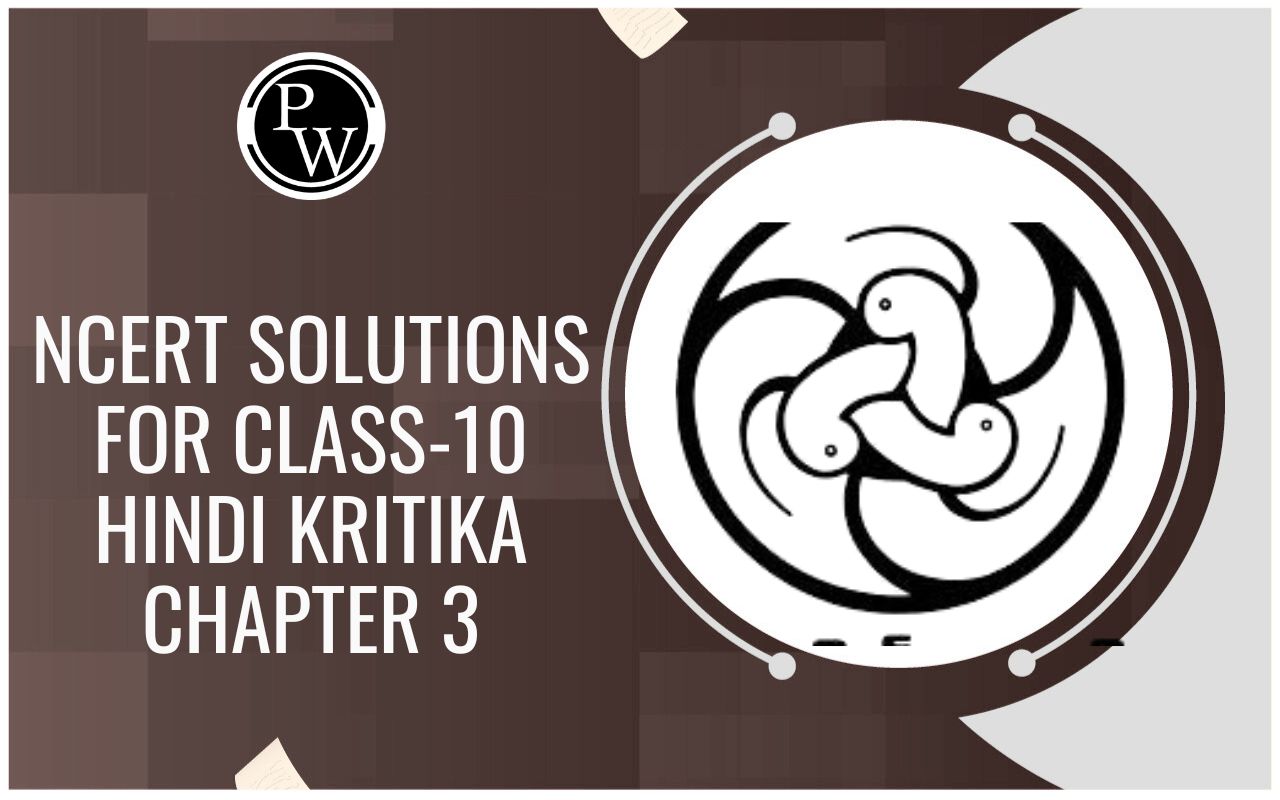
Hibiscus Botanical Name: if you're searching for information on hibiscus, you have come to the right place. This article will look at the various hibiscus species and their characteristics. This article aims to provide a thorough overview of the subject, covering all pertinent information.
Introduction
Hibiscus is a flowering plant, is a part of the Malvaceae family, also known as the mallow family. Hibiscus flowers are large and showy; the genus can be found as herbs, shrubs, or small trees. There are over a hundred species that are used as food and medicine all over the world.Classification
| KINGDOM | PLANTAE |
| DIVISION | TRACHEOPHYTA |
| SUB-DIVISION | ANGIOSPERMAE |
| CLASS | MAGNOLIOPSIDA |
| ORDER | MALVALES |
| FAMILY | MALVACEAE |
| GENUS | HIBISCUS |
Characteristics
FLOWERS
- Hibiscus flowers are showy and noticeable.
- It is usually found alone, but it can also be found in groups.
- The trumpet-shaped flowers come in red, orange, yellow, pink, and purple.
- A Hibiscus flower has five or more petals.
- The most common species, Hibiscus rosa-sinensis , has bright red flowers with an orange-tipped red anther.
- Hibiscus flowers have an acidic flavour because they are high in natural acids and iron, phosphorus, calcium, and vitamin B complex.
- Epicalyx is frequently present.
- The stamens fuse to form a tube, and the pollen grains are spiny.
- Male structures (pollinating stamens) of hibiscus flowers are carried on female structures (pistil). This unusual arrangement is joint among members of the Malvaceae family.
- The fruit is a capsule.
LEAF
- The leaves are ovate to lanceolate and alternately borne.
- The leaf margins are frequently lobed or toothed.
- It can be smooth or trichome-covered.
- Fresh leaves have 2-3% protein and trace amounts of iron, calcium, and phosphorus.
HABITAT
- The genus thrives in warm, temperate, tropical, and subtropical climates worldwide.
- Plants have either a perennial or annual life cycle.
- It is entomophilous, which means insects pollinate it.
Common Species
- Hibiscus rosa-sinensis is a major Hibiscus species known as Chinese hibiscus, china rose, shoeblack plant, or rose mallow. It is a decorative plant.
- Hibiscus syriacus - It was named after the gardens of Syria where it was first discovered. It is also known as the Korean rose and is South Korea's national flower. It is also a decorative plant.
- Hibiscus sabdariffa is a fibre plant known as roselle or Jamaican sorrel. It is used in the manufacture of bast fibre.
- Hibiscus cannabinus - This fibre plant is known as kenaf or Deccan hemp. It is used in the production of paper.
Floral Formula of Hibiscus
A floral formula is a mathematical representation of a flower's various floral components. It is used to describe a flower using various signs and symbols to denote different floral sections. The following is the Hibiscus rosa-sinensis flower formula: Br Brl ⊕ ⚥ K( 5 ) C( 5 ) A(∞)G(5)Uses of Hibiscus
- In many countries, tea made from Hibiscus flowers is served both cold and hot. The beverage is flavorful, tangy, and colourful.
- The seed is high in proteins and antioxidants and is commonly consumed after meals or as an alternative to coffee.
- Hibiscus seed oil is used in cooking.
- Hibiscus extracts have antihypertensive, antioxidant, antifungal, antibacterial, and antipyretic properties, but more research is needed.
- Some researchers also claim that Hibiscus flower and root extracts have an excellent contraceptive effect.
- Hibiscus flowers are also widely used in Indian Ayurvedic medicine.
- Hibiscus offers health benefits too like lower cholesterol and improvement in blood pressure.
More About Hibiscus
Hibiscus has over 300 species and is found throughout the subtropical and tropical regions. Most species are used for decorative purposes, but some are said to have medicinal properties. Hibiscus typically grows to a height of 5'- 6'; tropical Hibiscus can grow to a height of 15'. Hibiscus plants can be grown as trees or as medium to large shrubs. Its green and glossy leaves are arranged alternately, and several cultivars have toothed margins. Its flowers are the most noticeable features, reaching about 6′′ in diameter and coming in various colours. Their flowers are bell-shaped and have spirally organised stamens and a distinct pistil. The petals on the blooms can be in single or double rows, with scalloped or smooth edges. Flowers can be found in clusters or singly. Several species' flowers only last a day. The flower stem is topped by a receptacle, part of the stem that contains the flower parts. The sepals are tiny green leaf-like structures that can be seen between the flower and the stem. It serves the purpose of protecting the developing bud.Soil Requirements of Hibiscus
Hibiscus thrive in slightly acidic, well-drained soils. Sandy soil - Apply generous amounts of decomposed organic matter throughout the soil to control drainage, aeration, and water retention. Heavy clay soil - Use raised beds to avoid periods of excessive moisture.Difference Between Male and Female Parts of Hibiscus
The pistil (female part of the Hibiscus flower) is a tubular, long structure that contains the style, stigma, and ovary, which houses the ovules. These structures are visible in the pistil of the Hibiscus flower. The swollen region appears at the base of the pistil in the ovary. The style is the tube that advances upwards and carries the stigma. The stigma is located at the top of the pistil and traps pollen. The male parts of the Hibiscus flower are made up of stamens. The stamen depicts the filaments that emerge horizontally from the pistil's top and the anthers at the filament terminals that produce pollen. The pollen is transferred to the stigma, which then travels down the style until it reaches the ovary.Glyolysis and Glycolytic Pathway
Q1- What exactly is a hibiscus?
Ans- Hibiscus is a genus that includes several species of shrubs, herbs, and trees in the Malvaceae family. It is mostly found in tropical and warm temperate climates. Hibiscus is widely used as an ornamental plant due to its showy flowers and medicinal properties.
Q2- What makes the hibiscus flower famous?
Ans- Hibiscus flowers are showy and noticeable and are used as ornamentals or indoor basket plants. The flower extract can be used to make tea, which is then consumed.
Q3- What is the purpose of the hibiscus flower?
Ans- Hibiscus flower is known for its soothing and healing properties; it can help boost the immune system and prevent damage to the body. It is expected to reduce the risk of developing various health complications such as diabetes, heart disease, cancer, and so on. Hibiscus tea contains anthocyanins (antioxidants) and is said to have antibacterial properties.
Q4- What are the various parts of the hibiscus plant?
Ans- Floral parts include sepals, petals, stamens, and carpels. The sepals resemble leaves and protect the flower bud before it blooms. The perianth comprises the petal and the exterior group of flower parts. The vibrant petals attract bees and pollinators. Stamens comprise a stalk, an anther, and a filament. The female parts of the flower are referred to collectively as pistils. The style serves as the "neck" of the carpal that leads to the ovary. The egg or ovule is then contained in the ovary.
Q5- Why is Hibiscus also known as the shoe flower plant?
Ans- Hibiscus is known as the shoe flower in Asia. Hibiscus flower petals are used to make black dye for shoe polishing. This is why Hibiscus is also known as shoe flowers.
🔥 Trending Blogs
Talk to a counsellorHave doubts? Our support team will be happy to assist you!

Free Learning Resources
PW Books
Notes (Class 10-12)
PW Study Materials
Notes (Class 6-9)
Ncert Solutions
Govt Exams
Class 6th to 12th Online Courses
Govt Job Exams Courses
UPSC Coaching
Defence Exam Coaching
Gate Exam Coaching
Other Exams
Know about Physics Wallah
Physics Wallah is an Indian edtech platform that provides accessible & comprehensive learning experiences to students from Class 6th to postgraduate level. We also provide extensive NCERT solutions, sample paper, NEET, JEE Mains, BITSAT previous year papers & more such resources to students. Physics Wallah also caters to over 3.5 million registered students and over 78 lakh+ Youtube subscribers with 4.8 rating on its app.
We Stand Out because
We provide students with intensive courses with India’s qualified & experienced faculties & mentors. PW strives to make the learning experience comprehensive and accessible for students of all sections of society. We believe in empowering every single student who couldn't dream of a good career in engineering and medical field earlier.
Our Key Focus Areas
Physics Wallah's main focus is to make the learning experience as economical as possible for all students. With our affordable courses like Lakshya, Udaan and Arjuna and many others, we have been able to provide a platform for lakhs of aspirants. From providing Chemistry, Maths, Physics formula to giving e-books of eminent authors like RD Sharma, RS Aggarwal and Lakhmir Singh, PW focuses on every single student's need for preparation.
What Makes Us Different
Physics Wallah strives to develop a comprehensive pedagogical structure for students, where they get a state-of-the-art learning experience with study material and resources. Apart from catering students preparing for JEE Mains and NEET, PW also provides study material for each state board like Uttar Pradesh, Bihar, and others
Copyright © 2025 Physicswallah Limited All rights reserved.









